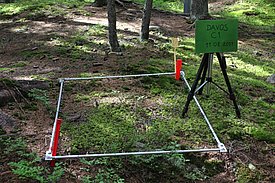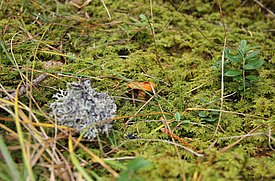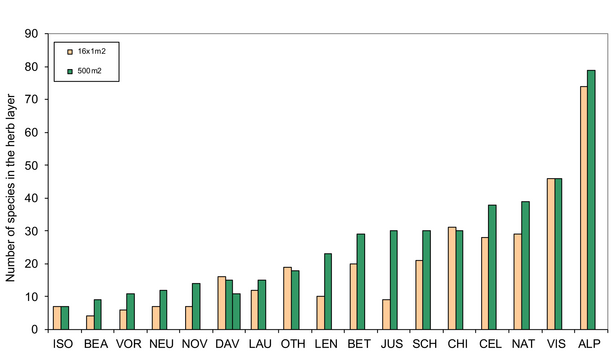Ground vegetation is an important part of the forest ecosystem: it contributes significantly to biodiversity and plays an essential role in the water and nutrient cycles. It varies considerably depending on the forest site. Since each plant has its own specific ecological requirements, the species composition of the ground vegetation can be used as an indicator of the site conditions.
We survey all plant species in the tree, shrub, herb and moss layers on concentric circles (with an area of up to 500 m2), according to the Braun-Blanquet method. In addition, in the intensive monitoring area, we estimate the proportional cover of all ground vegetation species in 16 permanent quadrats (1 m2 each). We map the seedlings on each permanent quadrat and measure their height. We carry out vegetation surveys every 1 to 8 years, once or twice during the vegetation period.
Objectives of ground vegetation surveys
- To assess biodiversity on LWF sites;
- to quantify the temporal and spatial variability of vegetation composition;
- to use the indicator values of the plants to trace any changes in vegetation composition back to natural or anthropogenic changes in site conditions (light conditions, nutrient supply);
- to monitor the condition and development of forest regeneration (seedlings, saplings).


